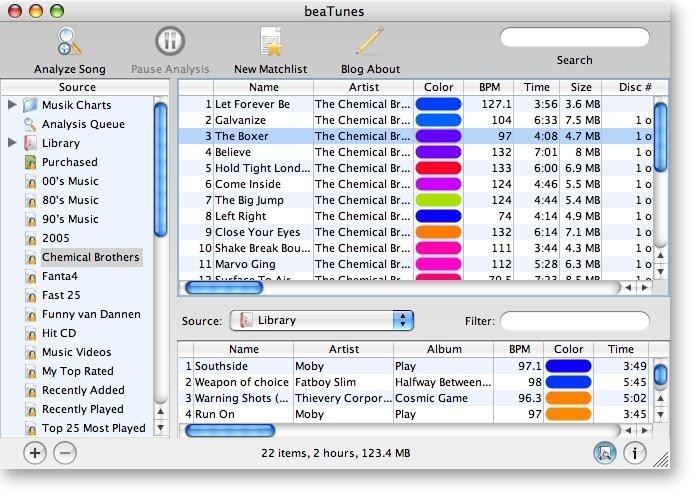

This allows you to create playlists of songs that have a similar tempo, or which are harmonically similar. It can analyze your entire library and track both the key and the BPM of every song. BeaTunes searches your library for errors of this type and then gives you options to correct them.Īdvanced analysis options: If you're looking for a powerful tool to help you create playlists, BeaTunes can fill that need. Another common problem is an album that gets divided instead of being logged as a single album. Sometimes you might have one artist show up as two different artists in iTunes, for example. ITunes library repairs: If you've got a lot of songs in your iTunes library, there is a good chance that you've got at least some albums that are classified incorrectly. It searches for inconsistencies that might be causing organizational issues, and then gives you options to repair the conflicts. Typically, it does this by helping to correct the flaws in your iTunes library. (this article was written for beaTunes 2.1, updated for 3.0, 3.BeaTunes is an application designed to create a well-organized an analyzed music library on your Mac. If you want to support the matching process, make sure that most if not all songs have some sort of online resource IDs. It's the nature of the beast that it does not always work 100%. The import function tries to re-establish that link. Right-click on a song and select Peek from the context menu.
#BEATUNES SAFE INSTALL#
It is through these ids that beaTunes associates data with iTunes songs. Get the free beaTunes trial version for Windows or Mac and install it on your computer. Please understand that when moving to a new computer, all songs lose their unique iTunes ids. In newer beaTunes versions, running the analysis task is not necessary, as data is imported right away, when the new library is created on the new machine. On the new machine, install the same beaTunes version and make sure it finds your music files and then import the XML file you generated.Īs an alternative, if you have always embedded data into the files with beaTunes (using the option in the general prefs), you can run the corresponding analysis task for importing that kind of stuff in beaTunes. It will create a (probably fairly big) XML file. On the old machine, In beaTunes select your library/Music in the tree view on the left and choose Export from the File menu. beaTunes will read all your keys, BPMs, etc. On the new machine, simply install beaTunes and start it. This will write all the data from the beaTunes database directly to your files. After your backup, on the old machine, go to Tools and select Embed non-iTunes fields. As with any mass-operation, it's a good idea to backup your data before you do this. If you haven't checked the Embed non-iTunes fields box in the general preferences during analysis, you need to embed beaTunes fields into your audio files. If not, here is what you should do: beaTunes4 or later If you are moving from one Mac to another and use the Migration Assistant, things should be fine. ITunes-based or Music-based libraries are a little trickier. Vista/Windows 7/8: c:\Users\\AppData\Local\tagtraum industries\beaTunes.XP: c:\Documents and Settings\\Local Settings\Application Data\tagtraum industries\beaTunes.OS X: /Library/Application Support/beaTunes.Install (preferably) the same version of beaTunes and you should be set.įrom beaTunes 2.1 on, this is where you find beaTunes' application data: Then make sure that your music files are accessible under the same path.

Otherwise, simply copy your beaTunes application data to the same location on your new computer. Moving data to a new computer can be a challenge.


 0 kommentar(er)
0 kommentar(er)
